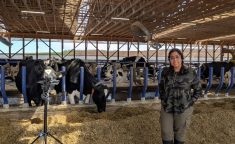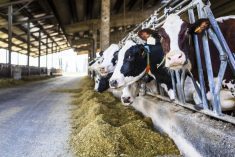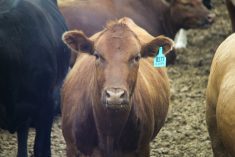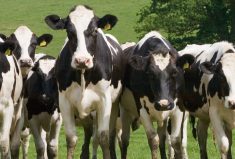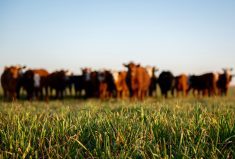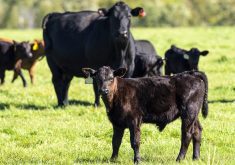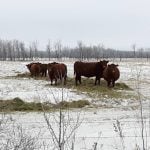Nearly 700 Australian piggeries could benefit from the new rules that set out how farmers can capture, measure and destroy methane from pig waste. Methane is a powerful greenhouse gas and is 21 times more effective in trapping heat in the atmosphere than carbon dioxide.
Under the domestic offset scheme called the Carbon Farming Initiative, land-based activities such as tree planting, better management of grassland burning or capturing methane from landfills can earn carbon credits. Camel culling is another scheme the government is considering.
Read Also

Beekeepers want financial protection against tropi mite
What happens to beekeepers if the deadly tropi mite reaches Canada? Discover why farmers want robust compensation to protect pollination.
The offsets, called Australian Carbon Credit Units, can be sold to large polluting firms to meet mandatory emissions reduction targets. Each ACCU represents a tonne of greenhouse gas emissions.
Parliament has approved a national emissions trading scheme that starts with a three-year fixed price period in which big polluters are taxed for their greenhouse gas emissions before moving to full market trading by mid-2015.
Polluters can meet five per cent of their obligations with ACCUs during the fixed-price period and up to 100 per cent after July 2015.
The Carbon Farming Initiative is the world s first nationally regulated carbon offset market for the land sector and is meant to help farmers earn money for steps that reduce emissions and give steelmakers, coal mines, refiners and airlines another way of managing their carbon costs.
In a statement, the government said methane-capturing equipment costs between A$75,000 and A$200,000 ($75,750 to $202,000) per piggery and that selling offsets could increase the return from each finished carcass by about A$3.45.
The methane can be burned to produce electricity or flared.
Nationally, the industry stands to earn millions of dollars if the rules are rolled out to all farms.
In an email to Reuters, the Department of Climate Change said greenhouse gas emissions from piggery manure management totalled nearly 1.2 million tonnes in 2009.


